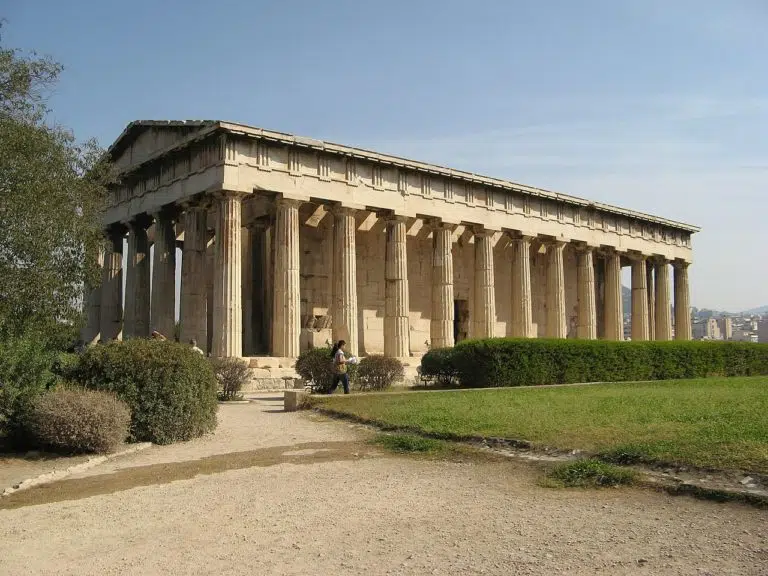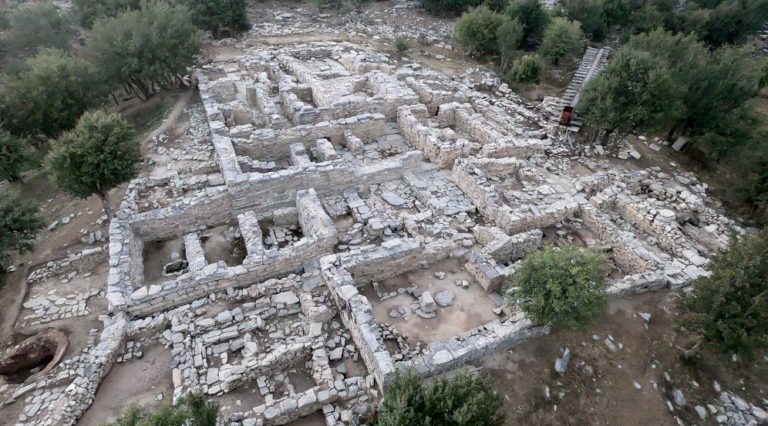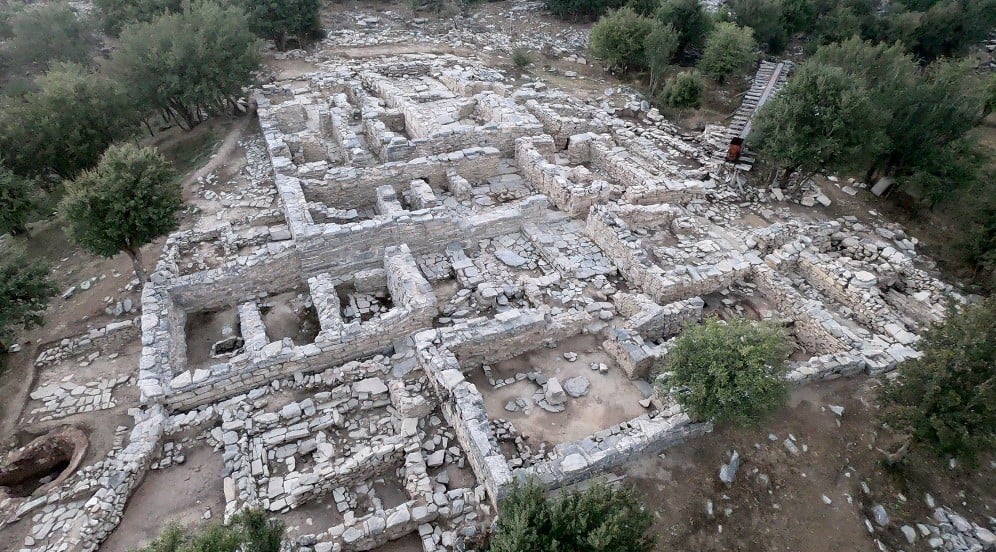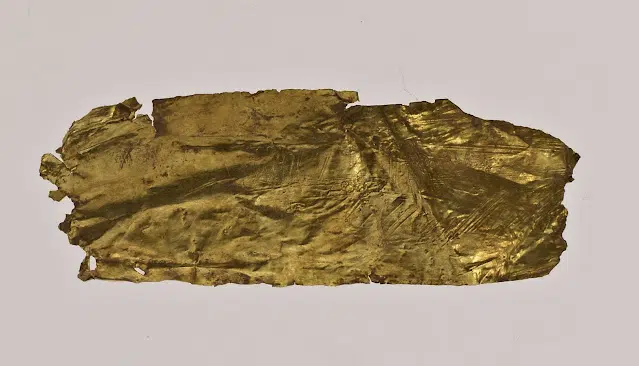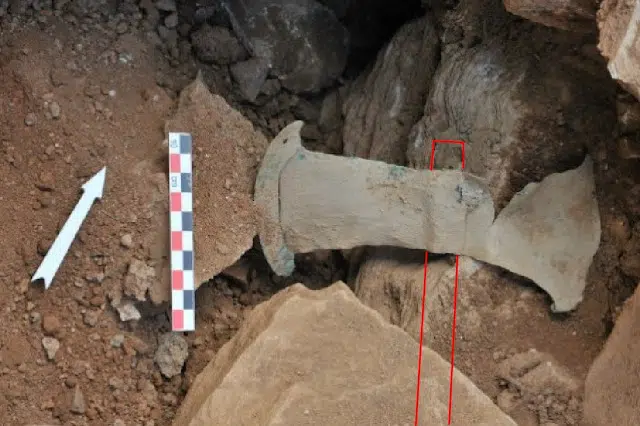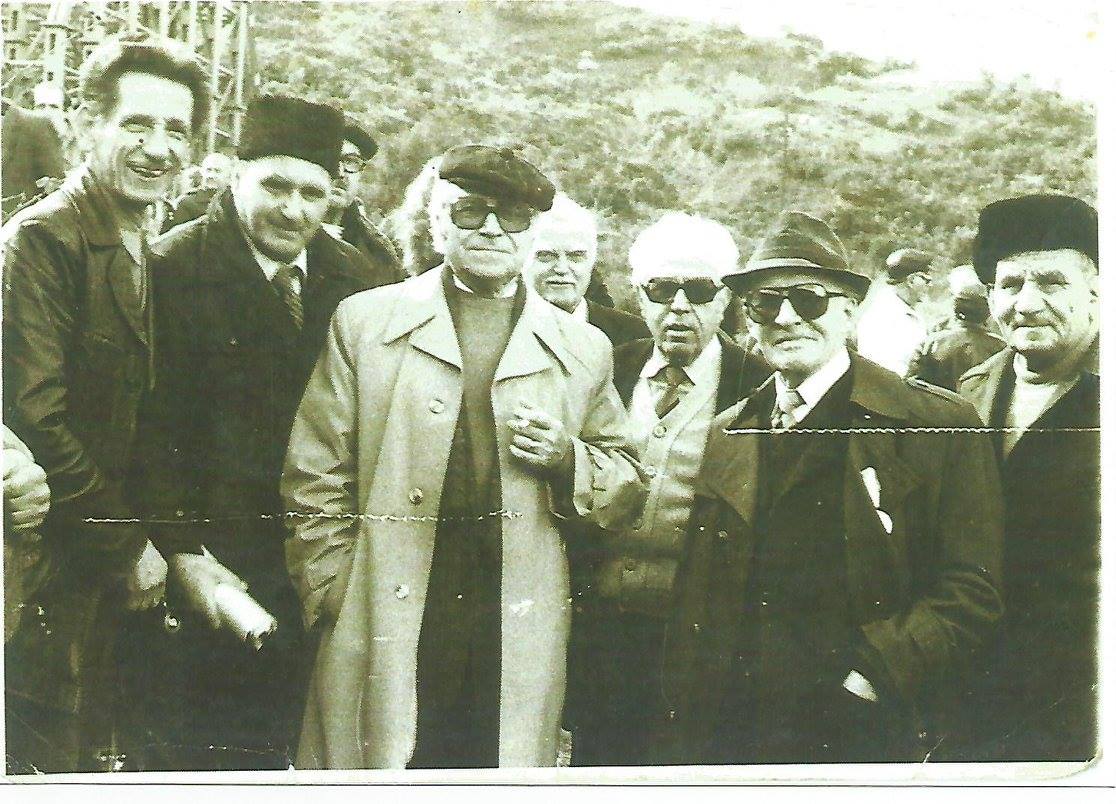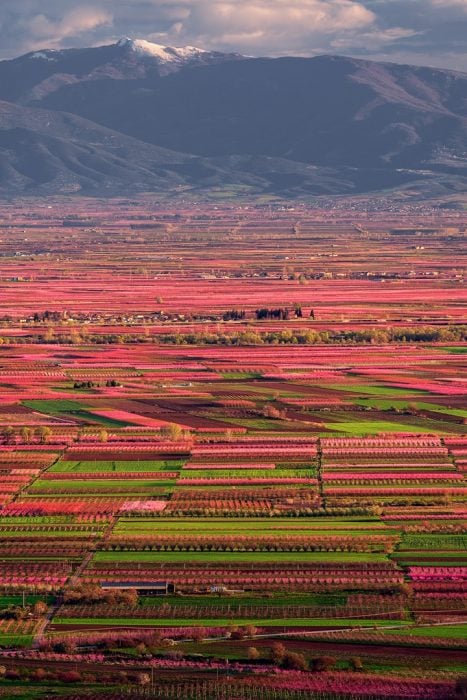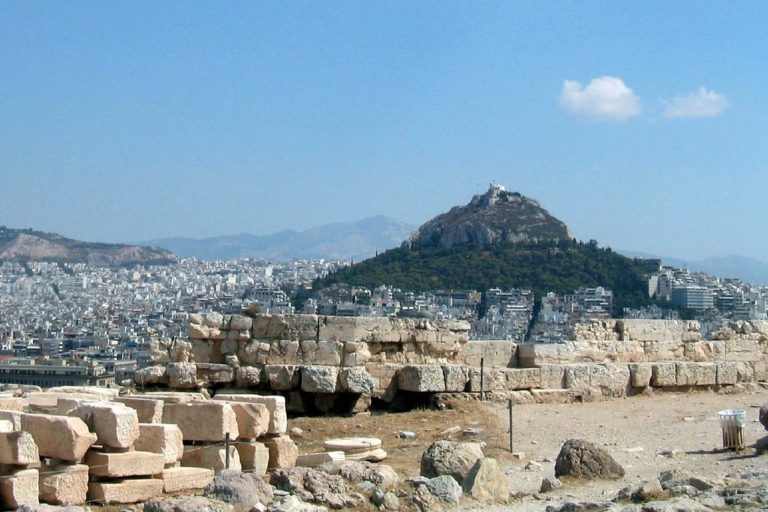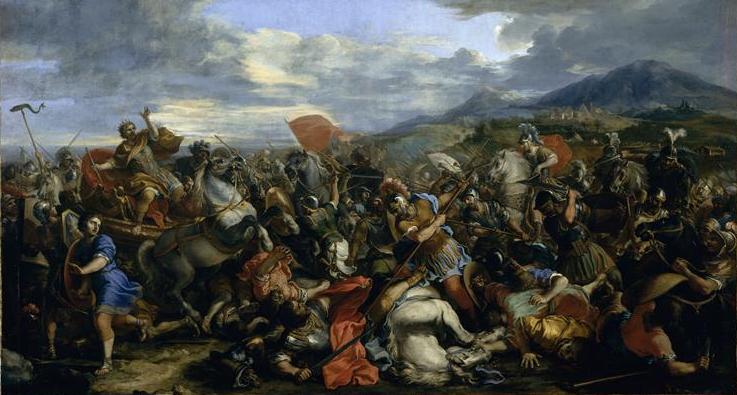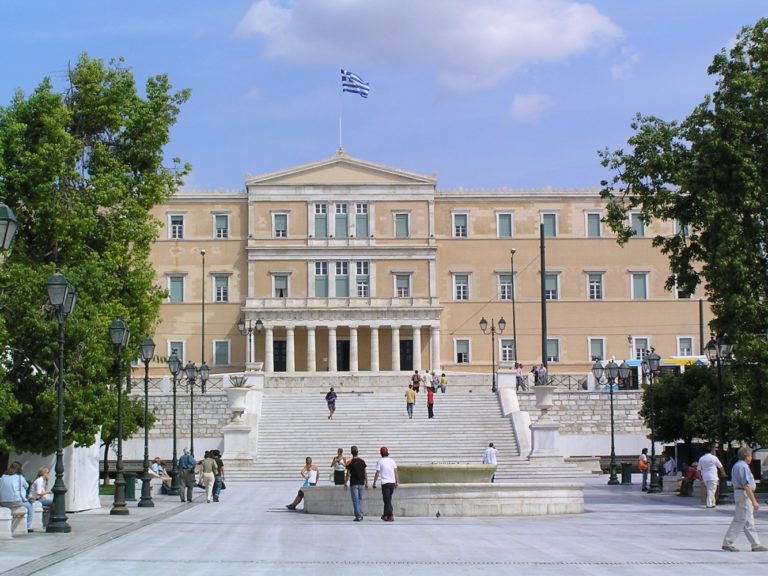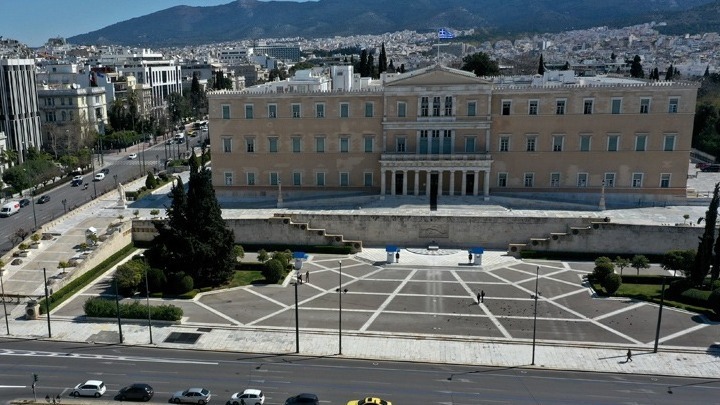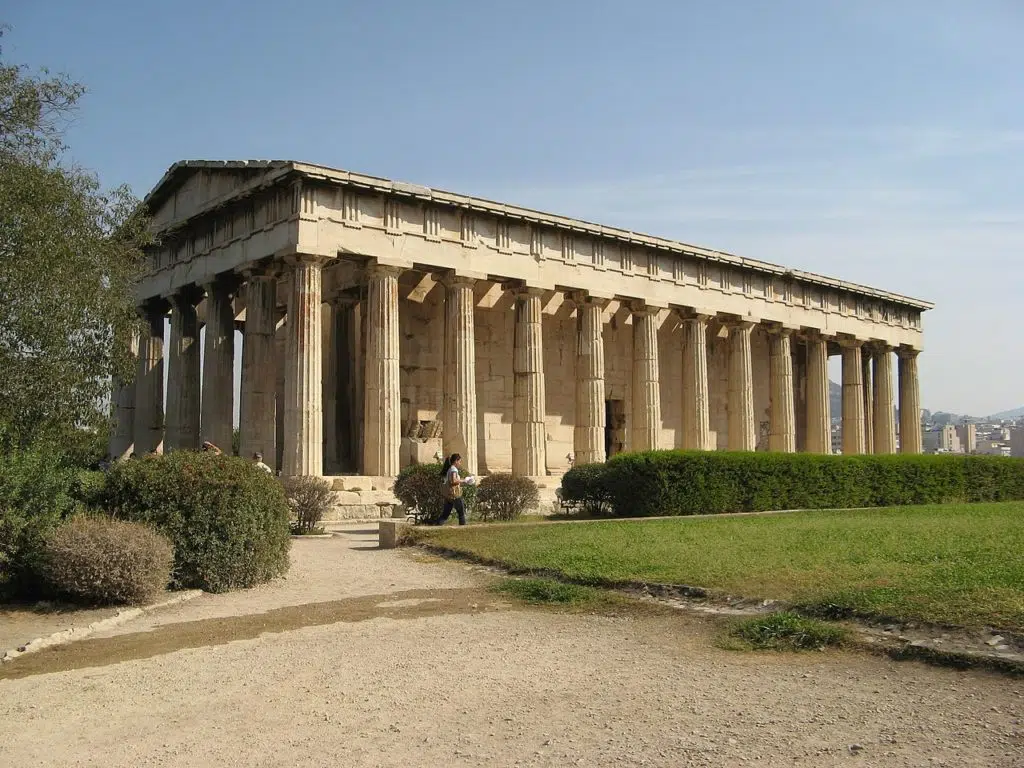
There is an ancient temple in Greece that is almost entirely intact, standing at the top of the hill of Agoraios Colonos, which borders the Ancient Agora of Athens.
This is the Temple of Hephaestus, more widely known as “Thiseion.” It is one of the best preserved ancient temples, a fact partly due to its conversion into a Christian church in later centuries.
According to the traveler and historian Pausanias, Hephaestus, god of fire, patron of metalworkers, and Athena Ergani, patron of potters and housework, were worshiped together in the temple next to the Ancient Agora.
Its identification as a temple of Hephaestus was confirmed by the excavation research in which metallurgy workshops were discovered in the wider area of the hill. This negates earlier assumptions that Theseus, Herakles, or Ares were the deities worshiped in the temple.
Architectural style
The construction of the temple had likely taken place between the years 460 and 420 BC by an unknown architect to whom other temples in Attica with a similar construction style are attributed.
The temple had a pronaos and an opisthodomos with two columns in front. Externally, it was surrounded by a peristasis, a Doric colonnade, with six columns on the narrow sides and thirteen on the long ones.
The entire temple from the floor to the roof was made of Pentelic marble, while the architectural sculptures that adorned it were of Parian marble. Inside the nave, there was a two-toned, Π-shaped colonnade. At the bottom of it, there was a pedestal on which the bronze cult statues of Hephaestus and Athena stood. These were works of the sculptor Alkamenes, according to Pausanias. They must have been crafted between the years 421 to 415 BC.
Sculptural decoration of the ancient temple
The temple had rich sculptural decoration. Of the architectural sculptures, the metopes, which adorned the eastern side of the peristasis from the outside are of particular interest. The peristasis represent the labors of Hercules.
In continuation of these, on the northern and southern sides, are the four labors of Theseus. These are scenes from which the popular name “Thiseion” for the temple was adopted. The frieze does not run along the four sides of the nave but only the front and back.
The pronaos sculptures depict the victorious struggle of Theseus against the claimants to the throne, the fifty sons of Pallas in which six gods of Olympus are also present.
In the back, across the width of the nave, the Battle of the Centaurs is represented. Remarkable sculptural works also adorned the pediments of the temple. In the west, the Battle of the Centaurs was depicted, and in the east was the welcome of Heracles to Olympus or the birth of Athena.
Some of these sculptures are recognized in statues found in the area of the temple, such as the fragmentarily preserved complex of two female figures. One of them carries the other on her shoulder as if trying to save her. The other is the torso of a clothed female figure with a strong element of movement. Both are exhibited at the Museum of the Ancient Agora.
History of the temple
During Hellenistic times (323-31 BC), shrubs or small trees were planted around the temple in parallel rows in pots. This came to light during excavations.
In the 7th century AD, the temple was converted into the church of Agios Georgios Akamas and functioned thus until the liberation of Greece from the Turks. According to archaeologist Kleio Tsoga, during the eighteenth century, many prominent Protestants who died in Athens were buried in the building.
In 1834, the welcoming ceremony of King Otto was held at the ancient temple. Since then, the temple functioned as an archaeological museum until the start of excavations of the American School of Classical Studies at Athens in the Ancient Agora in 1930.




